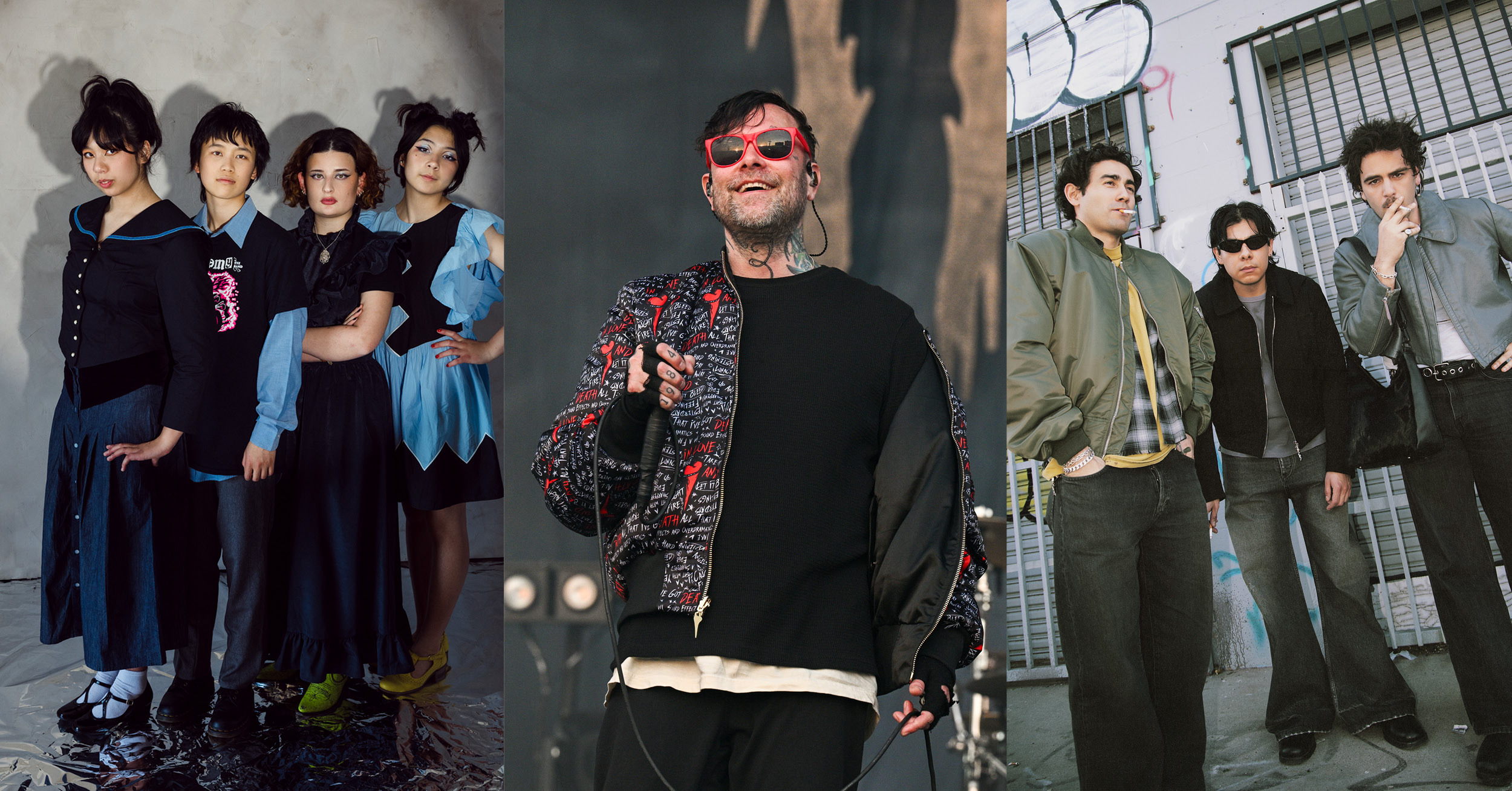Graham Nash looked back at his earliest days, recalling his surprise and excitement over being paid 60 cents for his first-ever concert.
In a recent episode of the long-running BBC radio show Desert Island Discs, he recalled growing up in the northern English town of Salford, admitting he didn’t realize he was living in a slum devastated by World War II.
Born in 1942, Nash started singing at 6 years old when a new pupil joined his class and took the spare seat beside him. That turned out to be Harold Allan Clarke, who’d later co-found the Hollies. “For some reason Allan always took the melody and…I took the harmony,” Nash said.
READ MORE: Graham Nash Still Wonders What He Did Right
The first record he owned was a copy of Gene Vincent’s 1956 single “Be Bop a Lula” in a format that’s now long out of date. “It was a 78 – I’m sure there are many people out there who have no idea what a 78 is!” he said. “And I traded it, with my friend Fred Marston, for four pieces of toast. I would always bring toast for a lunchtime snack, and he liked my toast, and we made a deal – I got the record, he got my toast.” He added: “This record is an amazing record.”
As he and Clarke began playing songs together, he explained, Clarke’s brother suggested they try performing at a local sports club. “We went down there and we did, I think, about three skiffle songs, and they loved us,” Nash recalled. “And at the end of that [the entertainment manager] took this incredibly large roll of £1 notes, £5 notes, £10 notes out of his pocket, and he gave us each 10 shillings. We just sang, we had a great time singing – and we got paid for it? Woah!”
A 10-shilling note around 1950 represented half of a pound, with the average British wage at the time amounting to £10-12. Once the U.K. converted to decimal currency in 1971, 10 shillings became 50 pence, or approximately 60 cents.
Crosby, Stills and Nash Forged Their Sound in 45 Seconds
Speeding ahead to the life-changing day when he had dinner with David Crosby and Stephen Stills at Joni Mitchell’s home in 1968, Nash said: “I had come to Los Angeles to spend three or four days with Joni. I got to the parking lot; there were other voices in the house, and that kind of upset me a little – I just wanted to be with Joni!”
He recalled that, after they’d eaten, Crosby and Stills wanted to play him “You Don’t Have to Cry,” which they’d been working on together. “Because Buffalo Springfield had broken up and David had been thrown out [of] the Byrds, they were trying to get a duo kind of thing together, like an Everly Brothers kind of thing,” he remembered.
“I said, ‘Do me a favor – sing it again.’ When they’d finished the second time, I said ‘Trust me, do me a favor, just sing it for the third time.’ When they started the song and I added my harmony, after 45 seconds we had to stop – and laugh!”
He described the song as “completely different” from any of the trio’s previous harmony-based experiences. “It had a magic to it, immediately,” he said. “And so the sound – whatever sound that is – of Crosby, Stills and Nash was born in 45 seconds.”
Top 100 ’70s Rock Albums
From AC/DC to ZZ Top, from ‘Bridge Over Troubled Water’ to ‘London Calling,’ they’re all here.
Gallery Credit: UCR Staff







